Zipp XPLR: Exercise in Simple Function
I write a lot about handlebars but I’m going to increase my pace. Handlebars are the least well developed manufactured item in cycling, that is, there’s a lot more to go in handlebar design than in, say, frame design. Every now and then a handlebar maker does something noteworthy, like Profile Design in aerobars over the past half-decade – Zipp and Vision are catching up – and what Speedbar has done recently in aerobar design (and when we reduce the cost of a bar like that by 90 or so percent we’ll be onto something).
You might wonder what’s special about this bar. Heck, it’s not even a multisport handlebar. (Or is it? Don't get me started on what multisport is or isn't.) Zipp’s new Service Course XPLR bar (XPLR = explore, get it?) is for gravel. Honestly, gravel has brought more innovation to the shape and geometry of drop bars in 3 years than road cycling has done in 30, showcased in part by Greg Kopecky's overview of riser drop bars. As for this Zipp bar, it’s got 3 things in particular I like.
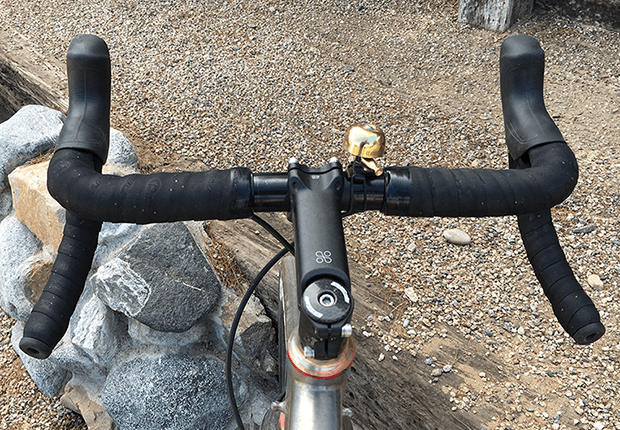
First, it’s got flare to the drops, and that’s handy for gravelers. But it’s not specifically because of the flare. To me. It’s because a bar with a short drop is kind of hard to get your hands into without both a short reach and a flare. The first bend, above your wrist, gets in the way without some flare. But actually I just gave most of it away. It’s got flare; it’s got a short reach; and it’s got a very shallow drop.
What is a gravel bike? Geometrically? There’s a lot in there, especially when you talk about wheel radius (the radius of a 650b or 700c wheel with an inflated tire in 28mm, 35mm, 40mm or 52mm), and what that means to bottom bracket drop, chain stay, front/center, head angle, offset, shoe overlap and so on. But as to position coordinates, that’s pretty straightforward. It’s easy to make a bike fit however you want; frame stack and reach is (or should be) a design input. And, for me, my gravel bike is very close to my road race bike in how I sit aboard it. Maybe the bars are a centimeter higher. Or not.
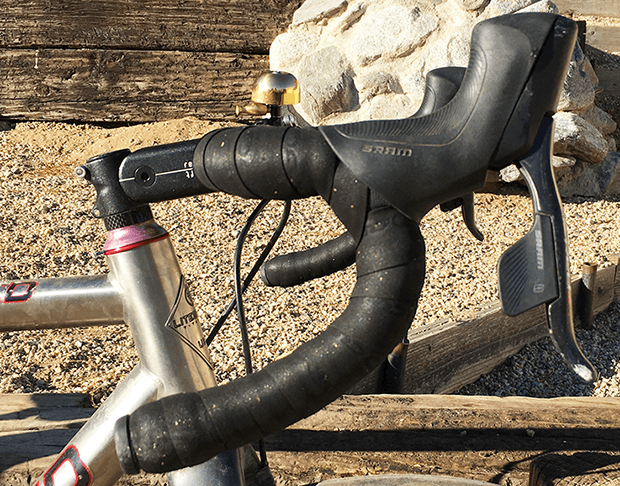
But the drops, that’s another matter. On my gravel bike I want the least amount of drop possible between the tops and the drops (I'm not sprinting on my gravel bike) and what’s typical in road bars is anywhere from 130mm to 145mm of drop. A Zipp shallow drop road handlebar has 128mm. This bar has 115mm of drop and, along with 70mm or reach is about perfect for me.
Now, the biggie. You get all that with the flare happening below the point where the hood’s compression ring mates to the bar, so with this bar my hoods aren’t canted inward. Now, you might consider this intuitive. Hoods were designed to be vertical. The ergonomics of hoods are designed with this in mind. So, all handlebar companies that flare the drops execute that flare below the hood. Right? No. And for this reason I’ve never ridden flared bars on my gravel bike. It’s the sort of thing that makes you want to get down on your hands and knees and bang your forehead repeatedly against the cobbles. I haven’t done that, but I’ve wanted to. A little bit.
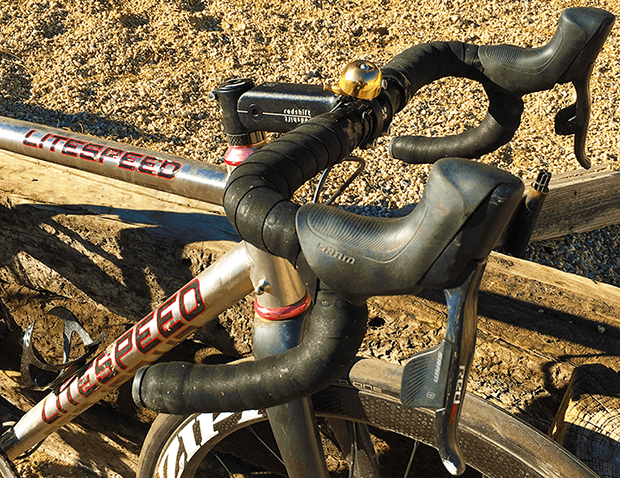
ENVE’s G Series gravel bar approaches what the XPLR does. It doesn’t entirely eliminate the canting of the hoods, and the bar has 80mm of reach and 120mm of drop. And it’s light and stiff and stuff like that.
Zipp’s XPLR bar is nice because it just works. Because it’s in the Service Course line it retails for $110. And I don’t have to bang my head against the ground.


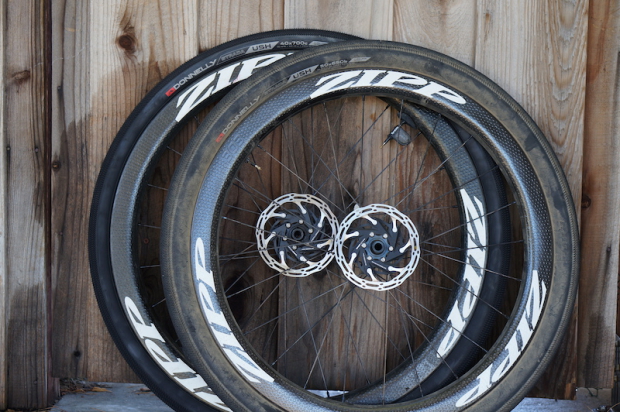
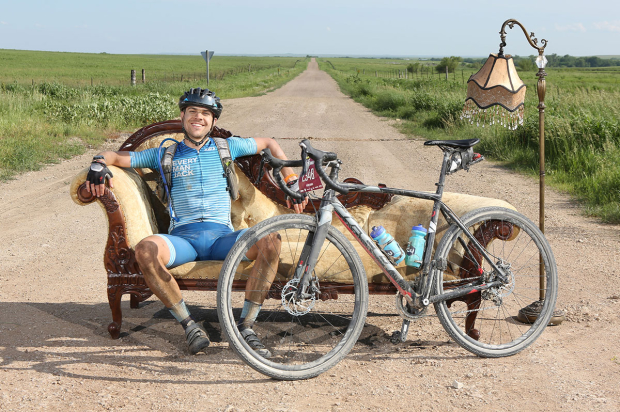
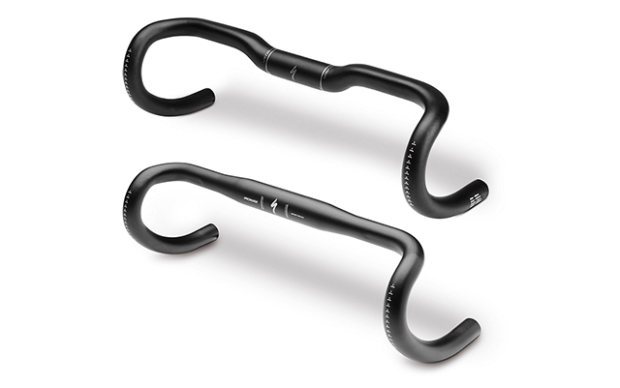
Start the discussion at forum.slowtwitch.com